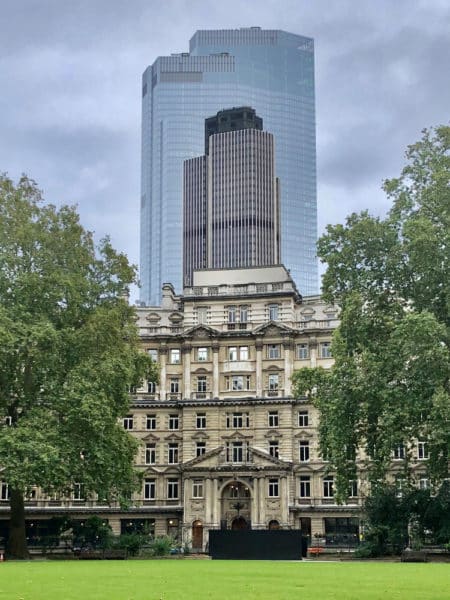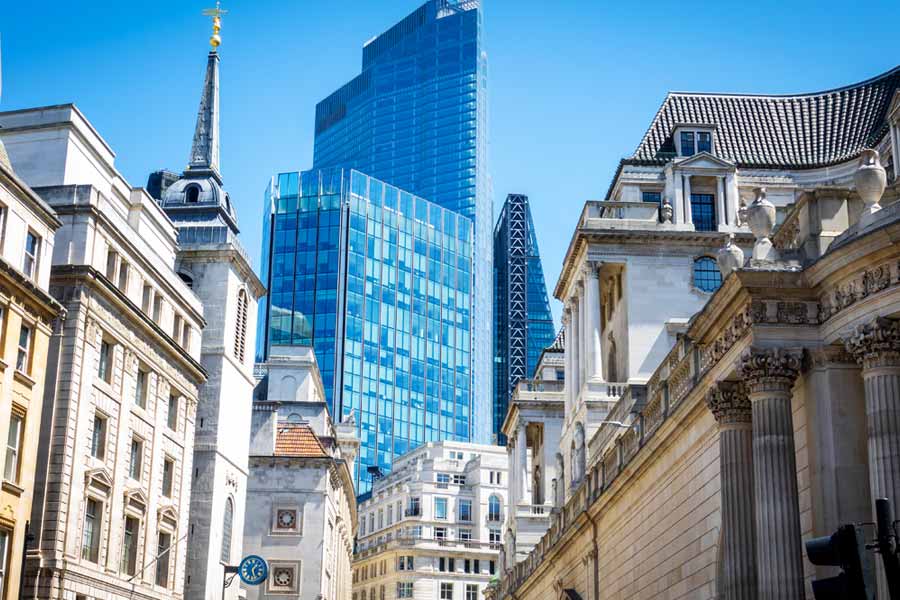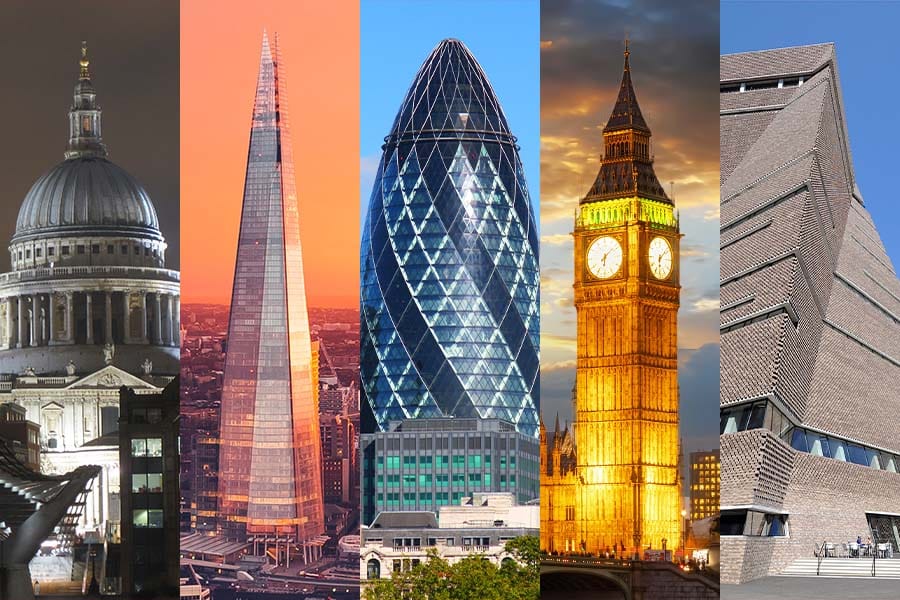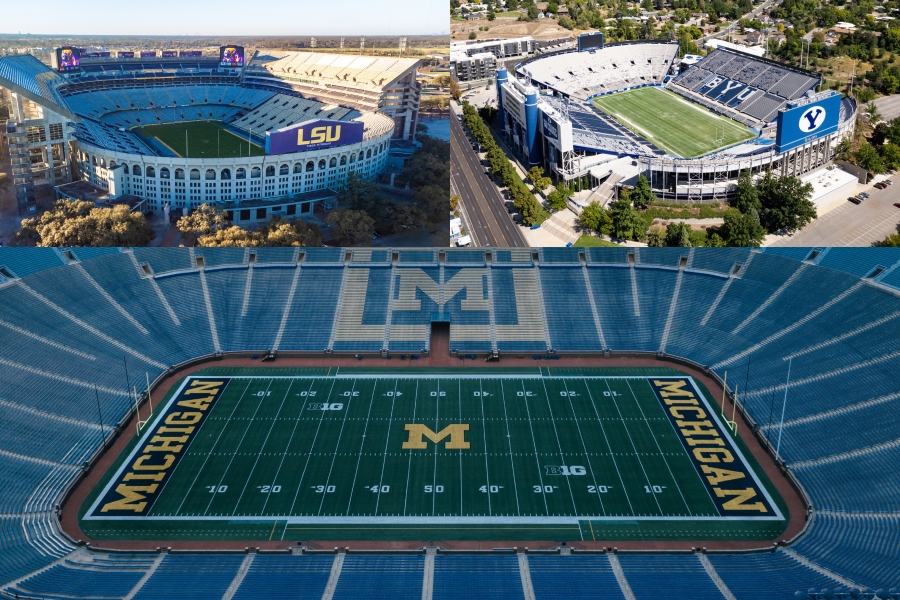The city of London—also known as the Square Mile—is famous for being one of the world’s leading financial centers.
Stretching from Westminster to the walls of the Tower of London, for centuries the city has been the epicenter of British financial expertise and innovation—and the occasional scandal. Bankers, stockbrokers, asset managers and others have used the streets and buildings of its 717 acres—a little over one square mile, hence the name—to trade currencies, stocks and shares, raise finance and conduct numerous other services, including insurance and the law.
London’s beginnings as a financial hub date back to the end of the 16th century, but it came into its own in the 18th and 19th centuries as Britain built itself an empire, one that for more than 100 years stretched around the globe, turning the country into the world’s greatest economic powerhouse.
The city was the empire’s beating heart. Unassailable and brimming with money, goods from across the world were bought and sold on trading floors packed with buyers and sellers, while banks generated huge returns on loans agreed with those seeking their fortunes in the new overseas markets.
Rapid change
Throughout the 1800s, offices—often grand, opulent and ornate—were built in every corner of the Square Mile to accommodate the people who generated the wealth the country relied upon.
The advent of the 20th century saw increased competition from other countries vying for economic superiority. Yet the city adapted, and its role in global finance grew even stronger.
The advent of new technologies revolutionized the way the city operated. The 1980s saw the introduction of electronic trading systems, which revolutionized how currencies and shares could be bought and sold—to the point that the Square Mile is now the world’s largest trading center for foreign exchange, outstripping the likes of New York, Frankfurt and Tokyo.
Just as technology used to do deals have evolved, so have the buildings in which those workers earned their living.
Born anew
Much of this change can be pinpointed to the last four decades. For hundreds of years office blocks in the Square Mile rarely went above seven or eight stories in height. Skyscrapers were unheard of.
In recent years, however, bold new architecture has redefined the city’s streets and skyline, often courting controversy along the way.
New developments have captured the public’s imagination. Many of the more significant additions have been given easy-to-remember names. Recent schemes include 20 Fenchurch Street, designed by Rafael Viñoly and finished six years ago, known as the “Walkie Talkie.”
Nearby is 30 St Mary Axe, designed by Foster + Partners and completed in 2003, famously labelled “The Gherkin,” while the sloping shape of RSH & Partners-designed Leadenhall Building, delivered in 2014, led to its nickname, “The Cheesegrater.”
Then there is 25 Finsbury Circus, which sits in front of Tower 42, once the tallest building in the U.K., now overshadowed by 22 Bishopsgate.

A striking comparison
One photograph neatly encapsulates how much the city’s office repertoire has changed over the years.
Taken from the lawn of Finsbury Circus, looking northeast, the image shows number 25 Finsbury Circus in the foreground, built in 1901 and designed by Gunton & Gunton. Behind it is Tower 42, named after the number of its floors, although when it was completed in 1980 it was named the NatWest Tower after the bank it was built to house. Overshadowing that looms the recently finished 22 Bishopsgate, or “TwentyTwo,” as it is simply known.
Finsbury Circus was developed on the site of London’s second Bedlam mental hospital after its demolition in 1815. Originally gardens, which were gradually enclosed by curved terraces of houses, it was for years home to the city’s better-off merchants and guildsman. The last of these houses had gone by the mid-1920s, having been replaced by four crescent segments of office buildings, most of which exist today, some of which are listed.
One example—Lutyens House, otherwise called number 21 Finsbury Circus—was designed by Sir Edwin Lutyens, one of the U.K.’s greatest architects who was also responsible for the Cenotaph in London’s Whitehall and the Thiepval Great War memorial in northern France.
Towering above
Behind 25 Finsbury Circus looms Tower 42, the former NatWest Tower. At the time of its completion 40 years ago, it was not only the tallest building in the city at 600 feet, but the Seifert-designed block was the tallest in the U.K.
Seen from above, the building’s three chevrons form the shape of the NatWest bank’s logo, and for years it housed much of the bank’s international banking operations. Following extensive damage suffered in an IRA bomb attack in 1993, it was refurbished and later sold.
Overshadowing Tower 42 is the newly completed 22 Bishopsgate. Designed by PLP, at 912 feet it is the tallest building in the city and the second tallest building in the U.K., after the Shard, which is located on the other side of the River Thames.
TwentyTwo had an interesting gestation. It was built on the site of the proposed Pinnacle Tower—known as “The Helter Skelter,” due to its coiled design. Construction of the Pinnacle kicked off in 2008, but ground to a halt four years later as the global financial crash hit its funding.
The newest addition to the city’s rapidly evolving skyline, TwentyTwo is about as modern as a building can get. It points the way ahead, designed with future-proofing in mind. Its office space is highly adaptable, allowing for a variety of layouts depending on who occupies it, and it’s awash with smart technologies, including a digital building services system and facial recognition-based entry for tenants. An app allows occupiers to adjust things like the temperature needs of a particular room or even a person’s desk space.
What next for offices?
Some believe the past few months, which have seen countless people working from home due to the COVID-19 pandemic, herald the demise of the office. The virus certainly has thrown a harsh spotlight on whether companies need to be based in large open-plan spaces in the center of a city, with all the associated costs.
Still, despite the boom in remote work, few expect the office as a place where people congregate to work will be consigned to the bin of history. Offices act as important social hubs, allowing colleagues to work and mix together, communicating, developing ideas and solving problems.
The office of tomorrow will be unlike anything seen before. It will be much more responsive to its occupiers’ needs. Gone will be the days of endless ranks of desks and perhaps a subsidized cafeteria on the sixth floor. In their place will be super-smart spaces that can be adapted to suit the needs of occupants at the swipe of a button on a smartphone.
For those designers and clients prepared to be brave and seize the possibilities, new office buildings have the potential to deliver more than their predecessors ever did.
And that can only be a good thing.












